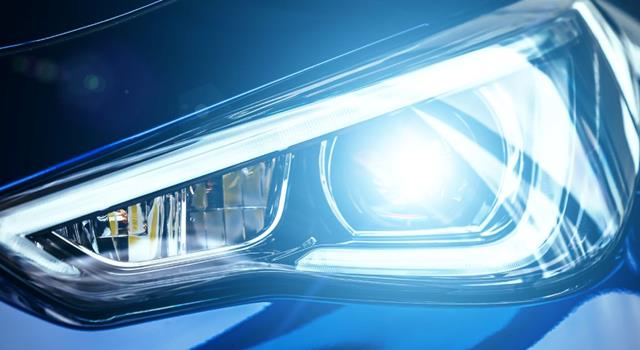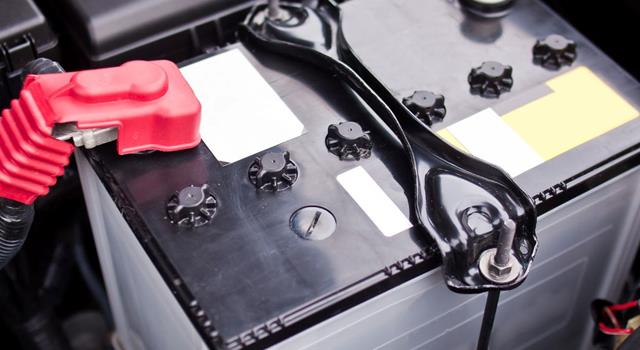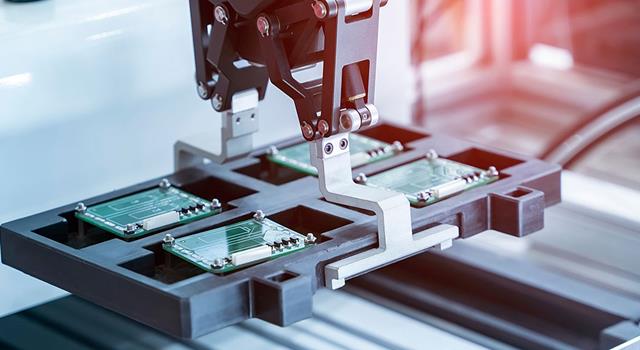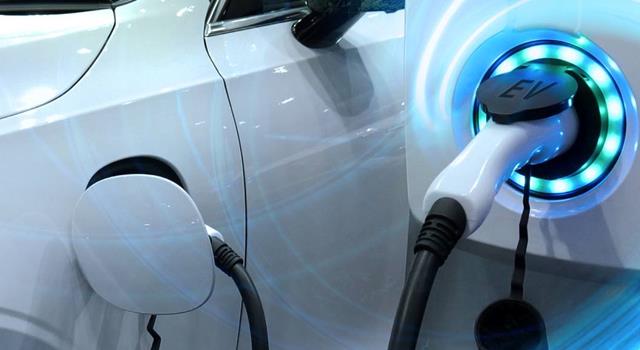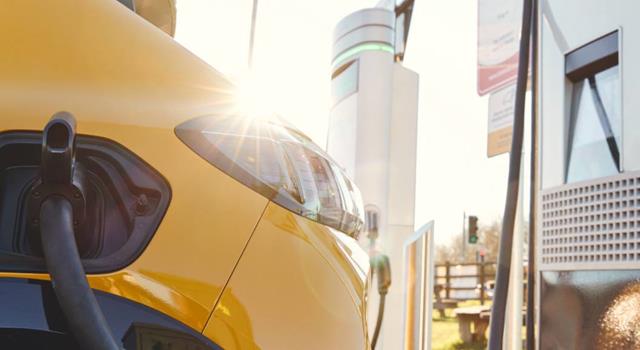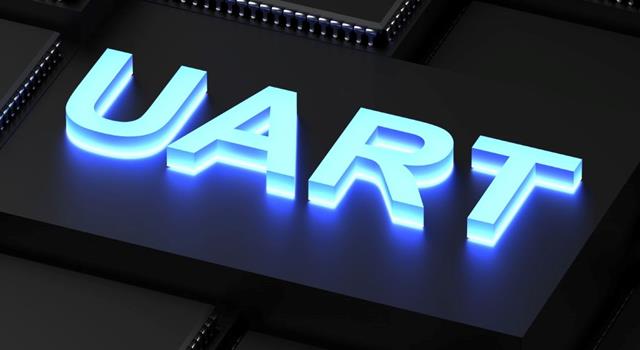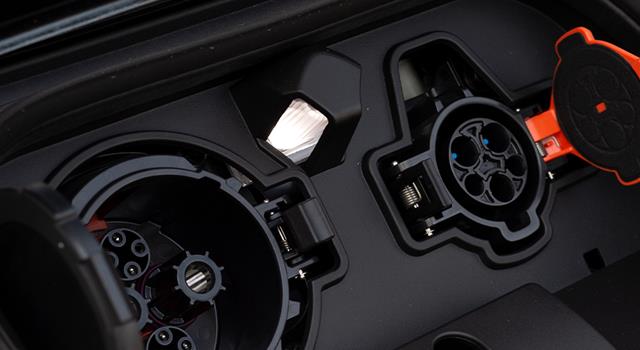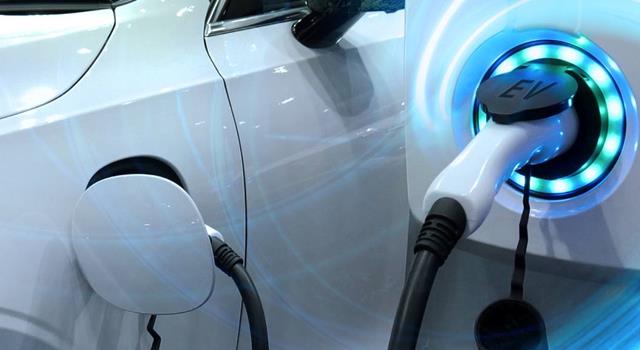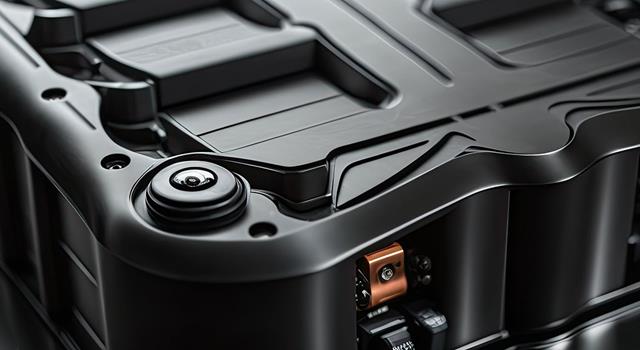As electric vehicles (EVs) continue to gain popularity, understanding how they work becomes increasingly important. A crucial component in every EV is the onboard charger (OBC), which plays a key role in charging the vehicle’s battery. In this blog, we’ll break down what an onboard charger is, how it works, the different types available, and the future trends shaping this technology.
What is an Onboard Charger (OBC)?
An onboard charger (OBC) is an essential part of an electric vehicle’s power system. Its primary function is to convert alternating current (AC) power from external sources, such as a wall outlet or charging station, into direct current (DC) power that charges the vehicle’s battery.
It’s important to distinguish between the onboard charger and the external charging equipment, often referred to as Electric Vehicle Supply Equipment (EVSE). While EVSE delivers power to the car, it’s the onboard charger that converts and regulates the energy for the battery.
How Does an Onboard Charger Work?
The charging process managed by the OBC involves a two-step conversion:
- Power Factor Correction (PFC): This first step converts the AC power from the grid into DC power while minimizing energy loss. The OBC ensures that the conversion is efficient and maintains a stable power flow.
- DC/DC Conversion: Once the AC has been converted to DC, the second phase involves adjusting the voltage and current to the optimal levels needed to charge the EV’s battery. This adjustment helps protect the battery and ensures that it charges safely and effectively.
The onboard charger also communicates with both the vehicle’s controller and the charging station, regulating the amount of power delivered to the battery to optimize the charging process. It incorporates several safety mechanisms to prevent overcharging, overheating, or electrical faults.
Types of Onboard Chargers
OBCs come in different forms, offering various charging capabilities depending on the needs of the EV owner:
Single-phase vs. Three-phase OBCs:
- Single-phase OBCs: These are typically found in residential settings where the electricity supply is lower. Single-phase chargers have a capacity of around 7.2 kW to 11 kW, making them suitable for slower, overnight charging.
- Three-phase OBCs: These provide higher power, with capacities of up to 22 kW, making them ideal for faster charging in commercial or industrial settings where three-phase electricity is available.
Charging Levels:
- Level 1 Chargers: These use a standard 120V outlet, offering slow charging times (up to 12 hours for a full charge).
- Level 2 Chargers: These use a 240V outlet and reduce charging times significantly (4 to 8 hours).
- Level 3 (DC Fast Chargers): These bypass the onboard charger and supply DC power directly to the battery, drastically speeding up charging times to 30 minutes to an hour.
Flexible AC and DC Charging
The growing demand for electric vehicles has spurred innovation in charging flexibility, making it possible to support both AC and DC charging within a single vehicle. This dual capability enhances convenience and ensures compatibility with a broader range of charging infrastructure.
What is Flexible Charging?
Flexible charging allows an EV to seamlessly switch between AC (alternating current) and DC (direct current) charging modes. This functionality ensures that the vehicle can take advantage of standard home outlets, public AC chargers, or high-speed DC fast chargers, depending on the situation.
Benefits of Flexible Charging
- Enhanced Convenience: With support for both charging types, EV owners can charge at home using a slower AC charger overnight or rely on DC fast chargers for quick top-ups during long trips.
- Compatibility: Flexible charging ensures that vehicles can connect to almost any charging station, reducing dependency on specific infrastructure and increasing accessibility.
- Optimized Charging Costs: AC charging, typically used at home, is more cost-effective for regular, slow charging, while DC fast charging can be reserved for time-sensitive needs.
How It Works
The onboard charger handles AC charging by converting it into DC to store in the battery, as described earlier in this guide. For DC charging, the external fast charger bypasses the onboard unit entirely, supplying direct power to the battery. Many modern EVs incorporate advanced onboard electronics to efficiently manage both charging modes and optimize power delivery.
Future Trends in Flexible Charging
As EV adoption grows, manufacturers are focusing on standardizing AC/DC charging capabilities across models. Innovations such as combined charging systems (CCS) and CHAdeMO protocols are emerging as global standards, ensuring that vehicles are equipped to handle both charging types effortlessly. Moreover, flexible charging technology is being designed to work with higher voltage platforms, such as 800V systems, further reducing charging times and improving energy efficiency.
Bidirectional Charging Capabilities
One of the advanced features found in some onboard chargers is bidirectional charging, which allows the vehicle to both receive and supply power. This capability opens up several exciting possibilities:
- Vehicle-to-Load (V2L): This allows the EV to power external devices, such as home appliances, directly from the vehicle’s battery.
- Vehicle-to-Grid (V2G): The vehicle can send power back to the grid, potentially allowing owners to earn revenue by providing energy during peak demand times.
- Vehicle-to-Vehicle (V2V): The EV can charge another electric vehicle, making it a portable power station.
These bidirectional capabilities highlight the versatility of onboard chargers and their potential to contribute to the broader energy ecosystem.
The Role of Onboard Chargers in EV Efficiency
Onboard chargers are crucial for protecting the health and longevity of an EV’s battery. They manage the charging process by alternating between two strategies:
- Constant Current Charging: This phase delivers power quickly but risks overcharging the battery if left unchecked.
- Constant Voltage Charging: This phase ensures that the battery reaches its full charge in a controlled and safe manner.
The onboard charger monitors the battery’s condition and adjusts the charging method to balance speed with long-term battery health.

Future Trends in Onboard Charger Technology
The technology behind onboard chargers is rapidly evolving, with several exciting developments on the horizon:
- Higher Power Output: We’re seeing a move towards onboard chargers with increased capacity, such as the 11 kW triphase chargers, which offer faster and more efficient charging.
- 800V Platforms: Many EV manufacturers are adopting 800V systems, which drastically reduce charging times and improve overall vehicle performance.
- Traction-integrated OBCs (iOBCs): These leverage the vehicle’s existing power electronics to enable faster charging, reducing the need for separate components.
Standardized DC fast charging is also becoming more prevalent, allowing for seamless integration of AC and DC charging in new EV models.
Challenges and Considerations
While onboard chargers are essential for EV charging, there are some challenges:
- Infrastructure Requirements: For higher-capacity onboard chargers (such as 11 kW chargers), a three-phase electricity supply is required. In many residential areas, this may require costly electrical upgrades.
- Cost: The inclusion of advanced OBCs can increase the upfront cost of electric vehicles, and installation of charging stations may add to this financial burden.
- Standardization: The industry is still working towards uniform fast-charging standards, which is necessary to ensure compatibility across various EV models and charging stations.
Differences Between Onboard and Offboard Chargers
Understanding the difference between onboard and offboard chargers is essential for anyone considering EV ownership, as both play distinct roles in the charging process.
Onboard Chargers:
- Location: Onboard chargers are built into the vehicle itself. They are designed to be compact and efficient, working with the vehicle’s electrical system to convert AC power from an external source into the DC power needed to charge the battery.
- Power Limitations: Due to space and weight constraints, onboard chargers typically have lower power ratings compared to offboard chargers. Most onboard chargers range from 3.7 kW to 22 kW, meaning they support slower charging rates, ideal for home use or overnight charging.
- Convenience: Onboard chargers offer flexibility, allowing EVs to be charged at any standard outlet or public charging station without needing specialized infrastructure. This makes them a practical option for daily use.
Offboard Chargers:
- Location: Offboard chargers are external units found at public charging stations or dedicated charging points. Unlike onboard chargers, these are not integrated into the vehicle and can be significantly larger and more powerful.
- Higher Power Capability: Offboard chargers can deliver much higher power, often in the range of 50 kW to 350 kW or more. These chargers supply DC power directly to the battery, bypassing the onboard charger, and enabling DC fast charging. This results in dramatically reduced charging times—often as little as 30 minutes for a substantial charge.
- Usage: Offboard chargers are primarily found in commercial settings, such as public fast-charging stations. They are ideal for EV owners who need to charge their vehicles quickly during long trips or in urban areas with heavy EV traffic.
Key Differences:
- Charging Speed: Onboard chargers are slower, converting AC to DC within the vehicle. Offboard chargers deliver DC power directly to the battery, enabling rapid charging.
- Portability: Onboard chargers allow for flexible charging in more locations, including homes and public outlets. Offboard chargers, by contrast, are stationary and often tied to specific locations.
- Battery Health: Onboard chargers provide a more controlled, gentler charge, which can help extend battery life. Offboard chargers deliver fast, high-power charging, which, while convenient, may result in quicker battery degradation over time if used frequently.
Onboard chargers are vital to the performance and efficiency of electric vehicles. They manage the charging process, convert power safely, and are increasingly equipped with advanced features like bidirectional charging. As technology evolves, onboard chargers are set to become even more powerful and efficient, driving the next generation of electric mobility.
When considering an EV, it's important to understand the role of onboard chargers, as they will directly impact your charging experience. Whether at home or on the road, the onboard charger is a key component in keeping your EV charged, efficient, and ready for use.






